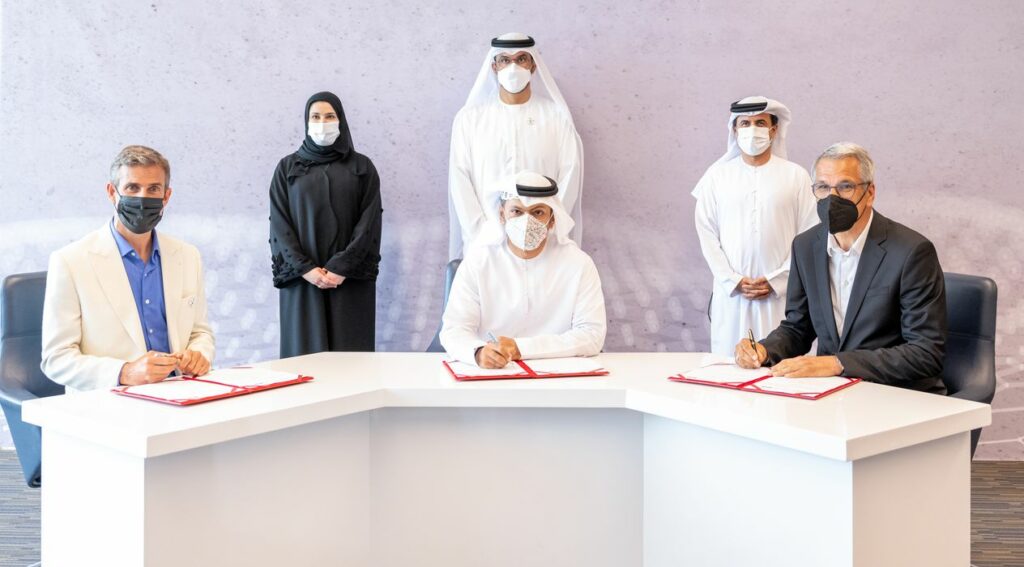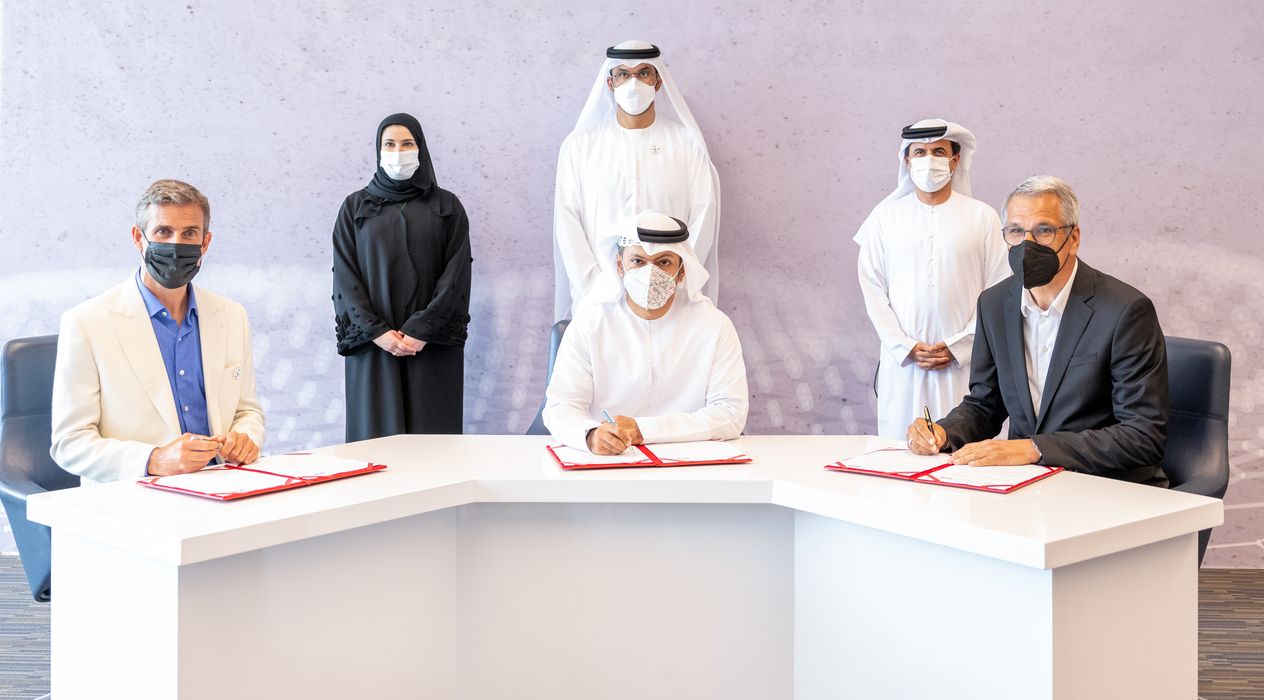
A new partnership demonstrates the way forward for 3D printing technology.
The partnership is a three-way arrangement between EOS, Hyperganic and UAE-based Strata Manufacturing, and is focused on producing a next-generation efficient air conditioning system.
Let’s take apart this deal and see how it fits together.
Hyperganic is a Munich-based startup that specializes in AI-based generative CAD that can produce highly complex designs that can achieve goals unreachable by conventional approaches. Their tagline is:
“We build software to design physical objects and machinery that are as complex, functional, and sustainable as Nature.”
The company recently used their powerful software, Hyperganic Core, to produce what might be the most complex 3D printed part ever produced, a highly detailed rocket engine.
It is appropriate for Hyperganic to take on the job of designing the core elements of a new air conditioning concept, which will certainly be extremely complex. The goals of the project are to produce a system that:
- Uses 10X less energy
- Has a 200% reduction in heat exchanger consumption
- Has a 180% improvement on the refrigerant cycle
- Provides enhanced airflow
- Is cost competitive as compared to conventional air conditioning units
That’s a steep set of goals, but evidently achievable. Their partners in the venture make much sense.
EOS is the well-known manufacturer of precision industrial metal 3D printing equipment, which will no doubt be used to 3D print the complex heat exchanger designs produced by Hyperganic. It’s likely the design will push the envelope on the equipment, and thus EOS experts will be required to fine tune the system and materials involved.
Strata Manufacturing is an advanced manufacturing operation in UAE, which already has significant experience in additive manufacturing.
The partnership is to present their results at the UN Framework Convention on Climate Change, scheduled for UAE next year.
This is an exceptional project because it could address a dramatically increasing problem around the globe: heat. Climate change is making more extreme weather events more frequent, and that includes heat waves. Last summer saw several locations hit record temperatures, which can be dangerous to many people directly exposed. The availability of inexpensively operated AC technology could reduce emergency effects, as well as lower energy consumption overall.
For regions in hot areas dependent on AC powered by fossil-fueled electricity, the new design could again prove incredibly valuable. The cost of fossil fuels continues to rise as oil companies realize their time is closing due to widespread electrification, and they’re simply cranking up the profits while their window is still open. The ability to avoid that profit-taking is quite desirable.
I’m quite interested in this project because it brings together the parties necessary to truly leverage the advantages of 3D printing. The technology has been around for years, but has been hampered by a lack of designs. 3D printers could always produce almost any part geometry, but the skills and tools to create the designs wasn’t always present.
A 3D printer manufacturer can’t do that alone. A manufacturing company can’t do that. But team them with a design company and you have all three legs for the stool.
We need many more projects like this.
Via Hyperganic, EOS and Strata Manufacturing

